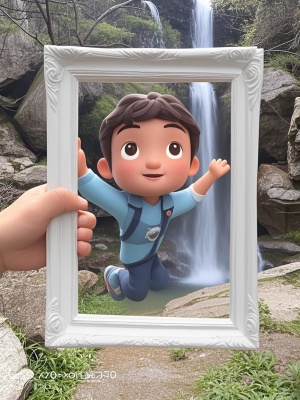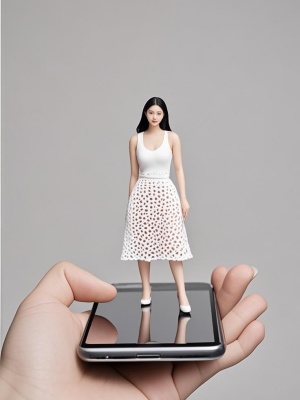The Vibrant World of 3D Pop Art Sculpture: A Modern Artistic Revolution
Introduction: When Pop Art Leaps Off the Canvas
3D pop art sculpture represents an exciting evolution of the iconic mid-20th century art movement, transforming flat, graphic compositions into tangible, interactive experiences. Unlike traditional pop art that primarily existed in two dimensions, these sculptures invite viewers to engage with familiar pop culture imagery from all angles, creating dynamic spatial relationships that change with perspective. From gallery installations to public art pieces, 3D pop art sculptures bridge the gap between fine art and popular culture in physically immersive ways.
The Anatomy of 3D Pop Art Sculpture
Materials That Pop
Contemporary artists working in 3D pop art utilize innovative materials to achieve their signature bold aesthetic:
- Fiberglass for lightweight, durable structures
- Acrylic paints in saturated, high-gloss finishes
- Polished metals for reflective surfaces
- LED lighting elements for dramatic illumination
Technical Execution Challenges
Creating successful 3D pop art sculptures presents unique technical hurdles that artists must overcome:
- Maintaining graphic impact from all viewing angles
- Balancing structural integrity with artistic vision
- Adapting color theory for three-dimensional forms
- Incorporating contemporary tech like AI-assisted design elements
Iconic Examples and Their Cultural Impact
The most memorable 3D pop art sculptures often become cultural landmarks. Jeff Koons' "Balloon Dog" series exemplifies how childhood imagery transforms into monumental art when rendered in mirror-polished stainless steel at massive scale. Similarly, KAWS' "Companion" figures demonstrate how commercial characters can be reimagined as fine art sculptures with emotional depth.

The Future of 3D Pop Art Sculpture
Emerging technologies are pushing the boundaries of what's possible in this medium. Digital fabrication methods like 3D printing allow for increasingly complex forms, while augmented reality (AR) integration creates hybrid physical-digital experiences. Some forward-thinking artists are even incorporating AI-generated elements into their sculptural works.
Conclusion: A Living Art Form
3D pop art sculpture continues to evolve as one of the most accessible yet sophisticated art forms of our time. By combining the visual language of mass culture with the physical presence of sculpture, these works create immediate connections with viewers while offering deeper layers of meaning upon closer inspection. As the movement progresses, we can expect even more innovative approaches that challenge our perceptions of both art and popular culture.

For those interested in exploring related digital art techniques, check out our guide on transforming portraits into artistic masterpieces.